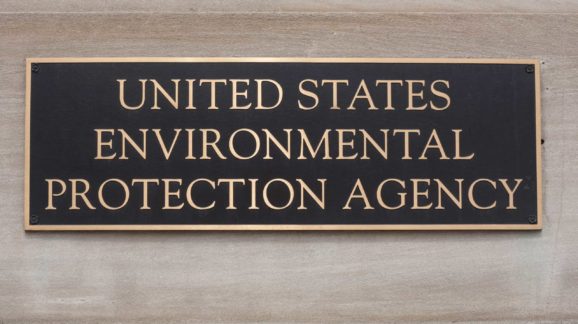EPA to Increase Transparency in Regulatory Science—for Now

Photo Credit: Getty
Not many people know that much of the science used to regulate pollutants and radiation is a mess. To help clear this up, on January 6, after over two years of proposals and revisions, the Environmental Protection Agency (EPA) issued an important document, “Strengthening Transparency in Pivotal Science Underlying Significant Regulatory Actions and Influential Scientific Information.”
The science behind the new rule is sufficiently strong, so that any attempt by Biden’s EPA to reverse it is going to be a heavy lift. If they are going to do something, it’s will take some time.
Previously, regulation of ubiquitous things in our environment, like ionizing radiation (the portion of solar radiation that causes sunburn is a prime example), is based upon a dose-response hypothesis that just isn’t real and results in phenomenal overregulation.
Generally speaking, the agency has used what is called a linearity no-threshold (LNT) dose response model. Here’s how it works: A survey of scientific literature reveals the lowest dose at which something has been measured to cause physical harm. That’s some value above “zero” exposure. Then the lowest measured point is linearly extended down to zero, despite no evidence for this behavior in the science literature.
Of course, there are things that cause problems at very low doses, like mercury or lead. Consequently, minimal doses are presumed to cause harm and if possible are regulated.
With certain exceptions, the notion of low-dose harm is highly problematic in general. We are bathed in our environment by a tremendous number of things that cause harm in high doses but are vital at low ones. The ultraviolet portion of sunlight is a great example: High doses can cause severe sunburn, ultimately leading to an increased probability for some types of skin cancer. About 70 per cent of malignant melanoma, a particularly high-fatality form of cancer, is related to excessive exposure to one type of ultraviolet (UV-A) although there appears to be some additional association with other nearby wavelengths, called UV-B.
The LNT hypothesis would lead recommendation of minimal exposure. But solar ultraviolet is also required to promote the final synthesis of Vitamin D, which has important roles in strengthening the immune response. (It’s not surprising that many treatment regimens for COVID-19 include considerable doses of some variants of Vitamin D.)
Long term deficiencies in Vitamin D also affect bone formation and regeneration, with the deformities and deaths from complications of Rickets being a most gruesome manifestation.
Is it really surprising that evolution has selected for us to take advantage of small doses of things in our environment that are ubiquitous? Primates seek out fermented fruit in the wild, and small doses of alcohol are associated with reduced all-cause mortality. Obviously much larger doses have a much different effect.
So, it is the recognition by the EPA that we need real science—not just some old hypothesis like the LNT, essentially handed down as folk medicine—to regulate potentially harmful things in our environment.
Much of the EPA’s new perspective owes to the pioneering and dogged research of Edward Calabrese of the University of Massachusetts School of Public Health. His research shows that the most common dose-response pathway is what he calls the “hormetic-biphasic response”.
In this model, small doses confer benefits, while large ones cause harm and even fatality. This is also the basis for much of clinical pharmacology. Calabrese became interested in this because early research seemed to show evidence for a beneficial response to small doses of radiation, thought to stimulate the immune system.
Indeed, ingestion of radium became a widespread fad in the early 20th century. Small doses of radioactive Radium were infused into “radium water,” a popular tonic in the early 20th century thought to increase a sense of well-being. The fad lasted for decades until some prominent individuals had consumed enough to experience the horrific effects of bone degeneration and disintegration.
At the height of the radium craze, when it was infused into all sorts of products, including toothpaste and beauty creams, even as research on low-level radiation and mutations in fruit flies by Herman Muller appeared to find major genetic mutations at very low doses of radiation, and he was instrumental in establishing the notion that no dose of radiation is safe.
Under the EPA’s new transparency rules, it is doubtful that this erroneous notion would ever have been established. However, whether the new rules will survive in the next administration is not clear.